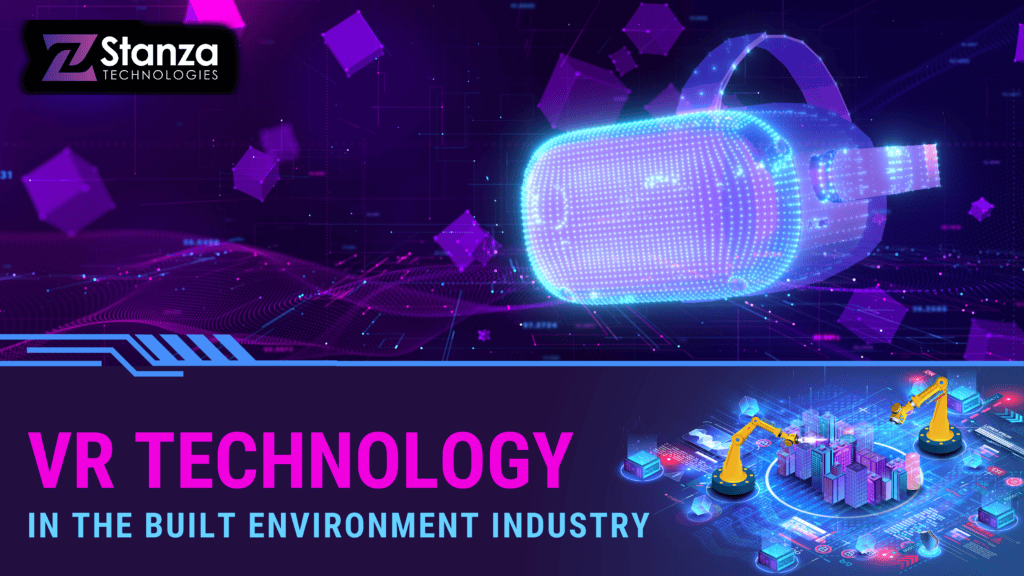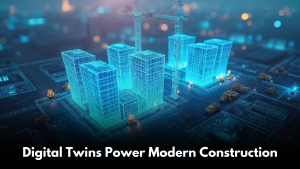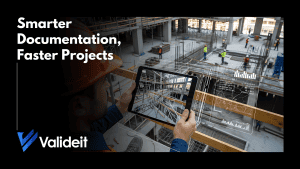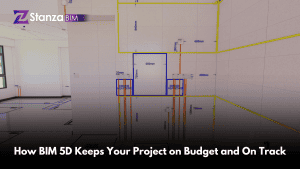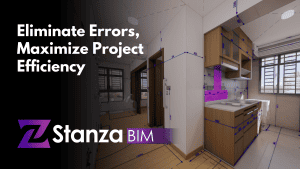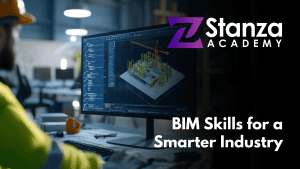Virtual Reality (VR) has become increasingly popular in the built environment industry in recent years. VR is capable of generating lifelike and engaging simulations of buildings. This technology is transforming the traditional methods used by architects, engineers, and construction professionals in designing, planning, and constructing structures. By providing an immersive experience, VR enables these professionals to better visualize and evaluate their designs, resulting in more efficient and effective building processes.
One of the most significant advantages of VR technology in the built environment industry is its ability to provide an immersive experience. With VR, architects, engineers, and clients can walk through virtual models of buildings and interact with them in real-time. This experience can help clients to visualize the building in a more realistic way and make more informed decisions about design elements.

VR technology also helps architects and engineers to work more efficiently. Architects can use VR to visualize and modify designs in real time, making it easier to assess how they will fit into the surrounding environment. They can also use VR to identify potential design issues and make changes before construction begins, reducing the risk of costly construction reworks.
VR technology enhances the built environment industry by improving collaboration between architects, engineers, and construction professionals. VR allows different stakeholders to view and manipulate designs in real-time, even if they are in different locations. This means that designers, engineers, and contractors can work together seamlessly, reducing the risk of communication errors and delays.
VR technology is also being used to enhance building maintenance and management. Building owners and managers can use VR to visualize and analyze building systems and equipment, identifying potential maintenance issues before they become problems. This can reduce maintenance costs and increase the lifespan of building systems.
Virtual Reality technology is revolutionizing the built environment industry by enhancing building design, improving collaboration between stakeholders, increasing construction safety, and improving building maintenance and management. Its ability to create immersive and interactive simulations of buildings is transforming the way architects, engineers, and construction professionals work, making the entire process more efficient and effective. As the technology continues to develop, we can expect to see even more exciting applications of VR in the built environment industry.
